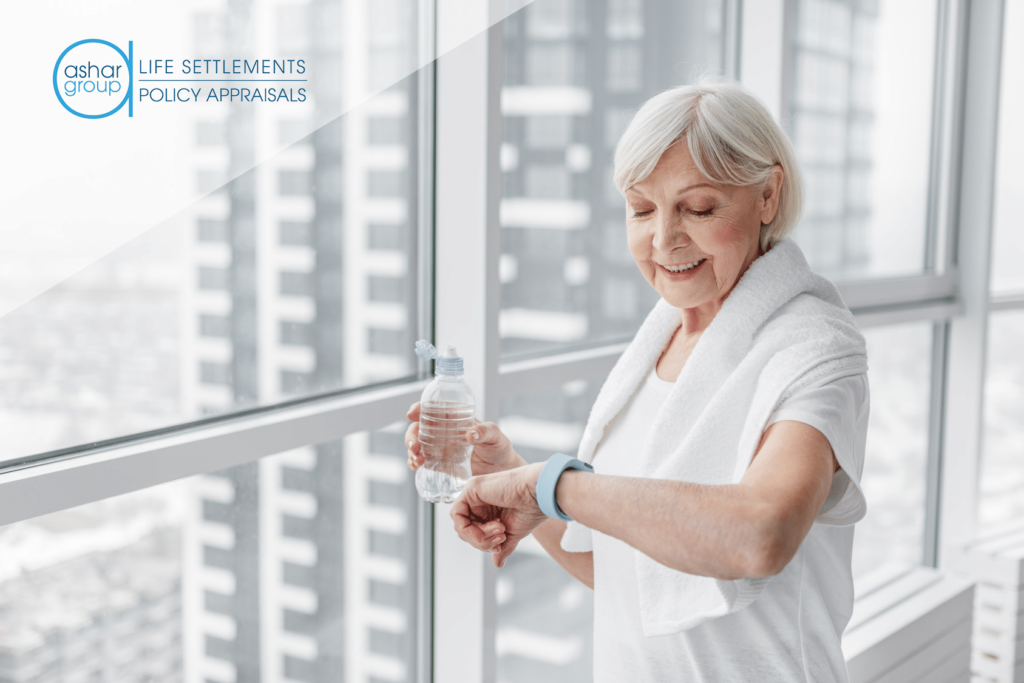
Technology is changing every facet of life almost too quickly to keep track. From apps that are helping financial advisors do their jobs better, to personal health and fitness trackers allowing us to see how well we’re sleeping, technology is helping us all do more today than we could yesterday.
This is just as true in the home healthcare field as in any other. This is especially relevant for seniors, as a huge proportion of those needing some form of long-term care receive it informally, from family or home-based caregivers.
Innovations in this area are giving more and more seniors the opportunity to continue living at home, rather than moving to an unfamiliar - and extremely costly - nursing home or assisted living facility.
Here are a few of those innovations.
Remote patient monitoring systems
Used both for seniors and for patients who requiring regular care outside of a clinical setting, remote patient monitoring systems use sensors and devices to monitor health data like vital signs, blood pressure, blood sugar, and heart rate.
These devices then transmit that data to designated caregivers - whether family or healthcare-based, like doctors or nurses - who can take action or intervene if needed.
For seniors, there are systems that include sensors that can be worn as well as placed around the house to alert caregivers to any unusual activity. Sensors can be placed on doors and windows, for example, if the senior is suffering from dementia and is prone to wandering away from home.
There are even smartwatch-type trackers that can collect health data, plus offer medication reminders, detect falls, and call for help or alert family members with a single button.
AskMarvee on Amazon Echo
Amazon Echo can order you dinner, remind you of events, and play your favorite song - so why not check in on Mom and Dad, too?
AskMarvee is an app integration that currently works with the Amazon Echo, and is slated to soon work with the iPhone’s Siri and Google Home. The app is a kind of companion app that allows seniors to communicate using just their voice. They can ask Marvee to call family members, to send out a personal alert to have someone check on them, and send a daily alert to caregivers or family members that they’re awake and ok. Family members can even record daily bulletins that seniors can access to stay up-to-date on family news.
Data aggregation services
Big data is everywhere, and that includes home healthcare. There are several services that can analyze remotely collected data - from fitness trackers, sleep trackers, and other sensors that seniors wear or use - to pinpoint health risks and predict potential health problems before they become crises.
These services can go a long way toward allowing more seniors to age at home with more independence, as it’s often a crisis like a fall or fainting spell that precipitates the move to assisted living or a nursing home.
Identifying these possibilities before they happen allows family members to take appropriate steps to lessen their loved ones’ risks. That could mean checking in with them more often, asking a doctor to review and change the senior’s medications, or installing things like grab bars or shower seats in the senior’s home.
Social media
Social media accounts can be used for a whole lot more than keeping up with the latest current events and trending topics.
For seniors who live far away from family members - or even just down the street - social media networks offer a free, instant method of communication with loved ones.
While social media is certainly no replacement for real, face-to-face contact with friends and family, it can at least allow seniors to let family know that they’re ok. Seniors can also stay up-to-date on the goings-on of their children and grandchildren, as well as others in their social networks.
Aging in place, as it’s often called, is an important goal for a huge number of seniors. Thanks to all kinds of technological advances, that’s becoming possible for more and more people. To learn more about helping your parent or loved one stay at home longer, read this post.
